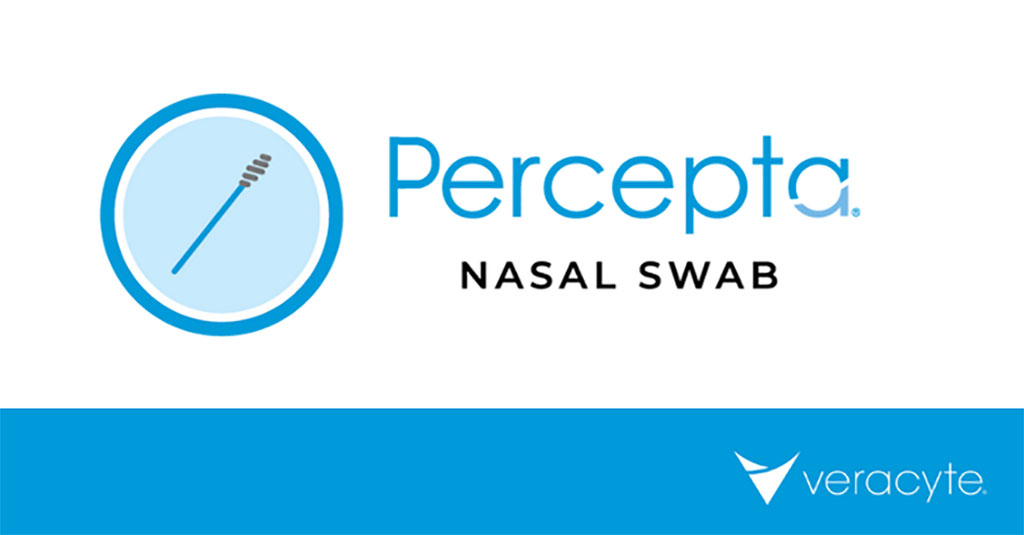Nasal Swab Test Accurately Assesses Lung Cancer Risk Among Smokers with Lung Nodules
Posted on 19 May 2022
Approximately 1.6 million lung nodules are detected every year with many requiring further evaluation to distinguish between malignant and benign. Now, a nasal swab test has been shown to accurately assess lung cancer risk among current and former smokers with lung nodules, regardless of their smoking history burden and whether they are considered high risk for lung cancer.
Veracyte, Inc.’s (South San Francisco, CA, USA) Percepta Nasal Swab test is a first-of-its-kind, office-based genomic test that objectively classifies lung cancer risk in an identified lung nodule of patients that are ever-smokers. The test result can provide guidance on which patients can safely avoid unnecessary invasive procedures or undergo further workup to confirm their diagnosis. Percepta Nasal Swab uses a simple and convenient nasal brushing to objectively evaluate suspicious lung nodules.

The test has been previously shown to classify lung cancer risk. For the new study, researchers evaluated data from a subset of 291 current and former smokers with lung nodules who were part of the original clinical validation study for the Percepta Nasal Swab test. Among these individuals, 213 (73%) met USPSTF screening criteria (pack years ≥20, years since quit <15, age 50-80 years), while 78 (27%) did not. Researchers compared the performance of the classifier in the two patient subsets and found no statistically significant differences in the classifier’s sensitivity and specificity between the two groups.
Specifically, among those who met the USPSTF criteria for lung cancer screening, the test’s sensitivity was 96% when it identified a nodule as low risk for cancer and its specificity was 94% when it identified it as high risk. Among patients who did not meet the USPSTF lung cancer screening eligibility, the test’s sensitivity was 100% when it identified nodules as low risk for cancer and its specificity was 88% when it identified them as high risk.
“The data presented today reinforce the important role that the Percepta Nasal Swab classifier may play in helping to guide next steps for current and former smokers with lung nodules – including those who may be considered low risk based on their smoking history burden,” said Giulia C. Kennedy, Ph.D., Veracyte’s global chief scientific officer and chief medical officer. “More accurate, timely diagnosis of these patients could ultimately lead to fewer unnecessary diagnostic procedures among those without lung cancer, and timelier treatment for those with the disease.”
Related Links:
Veracyte, Inc.














